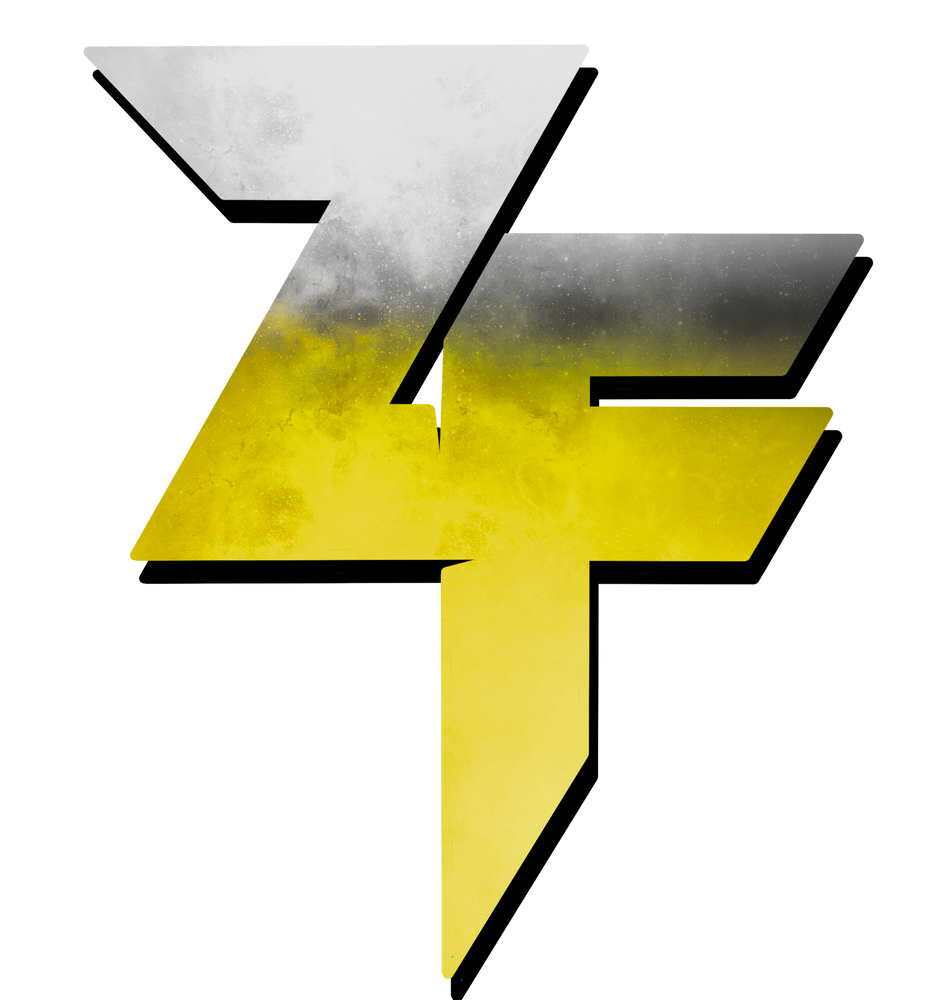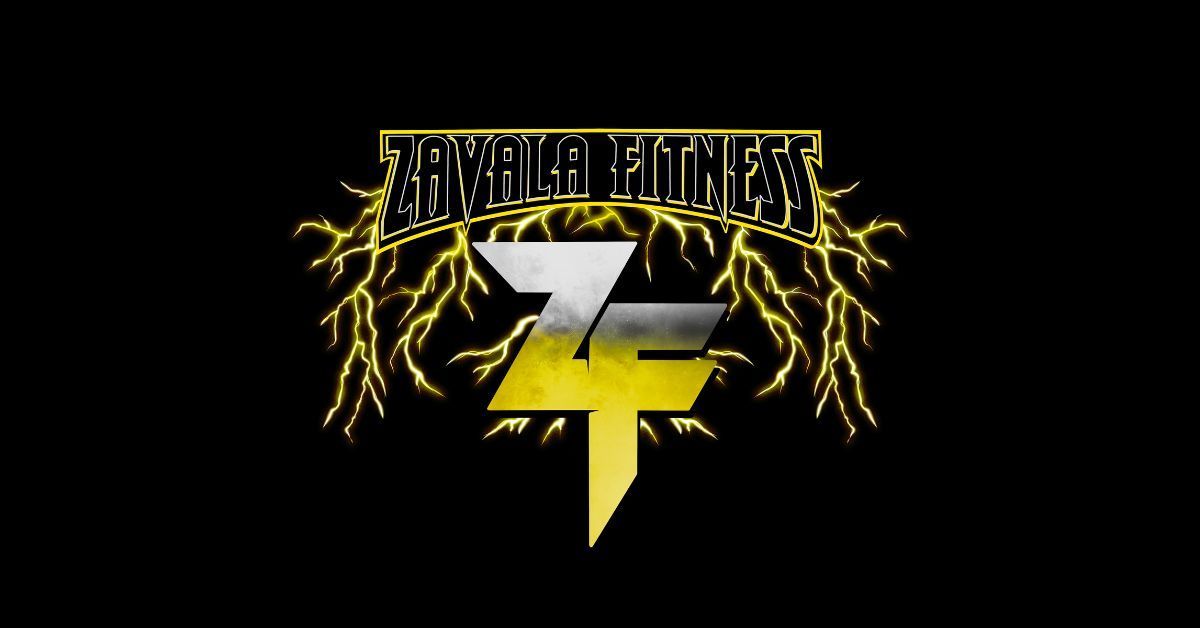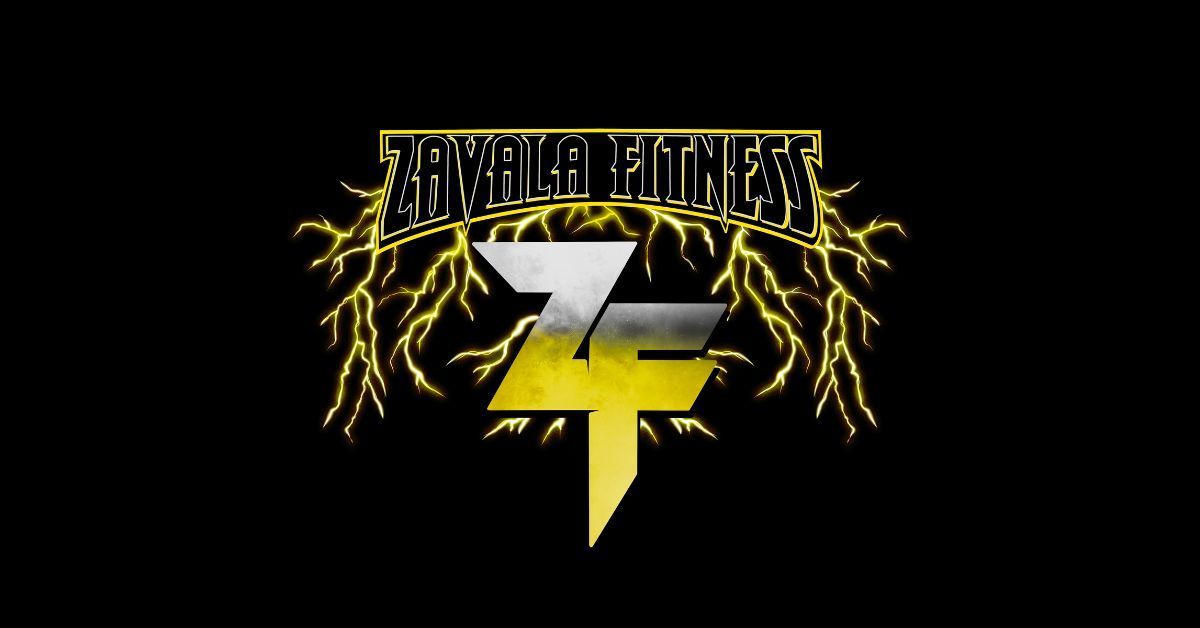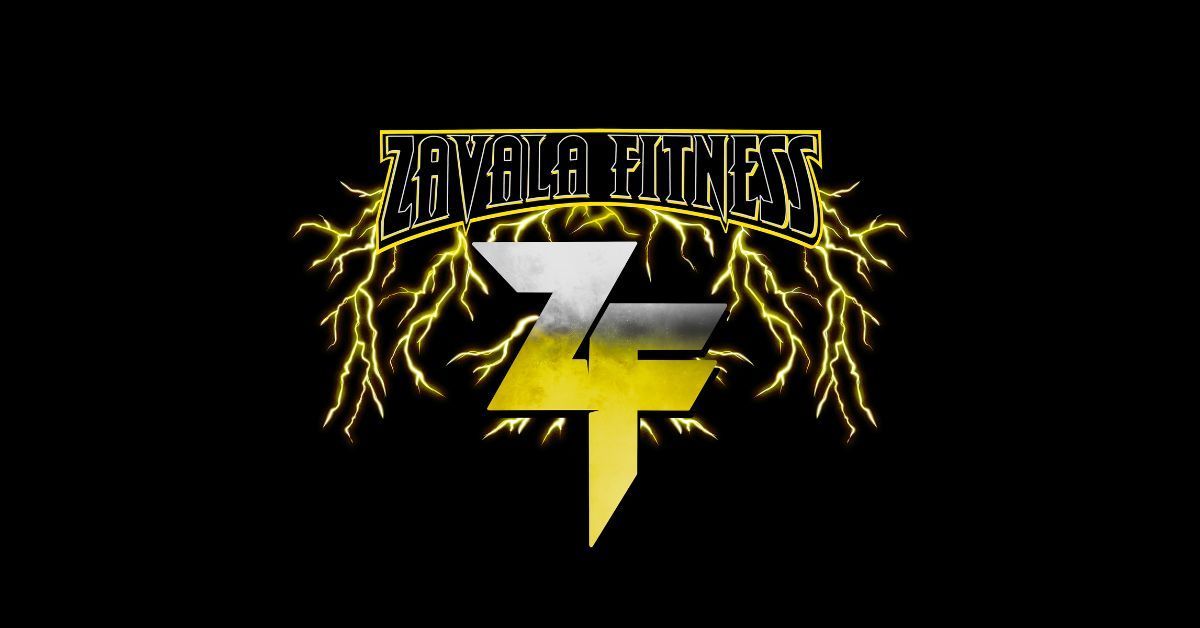Incorporating Functional Training Into Your Fitness Routine
Are you looking to elevate your fitness routine to new heights? If so, incorporating functional training might be the game-changer you need. We’ll explore what it is, its numerous benefits, and strategies for incorporating functional training into your fitness routine. We have everything you need to transform your fitness routine, from practical tips to detailed exercise guides.
What Is Functional Training?
Functional training focuses on exercises that mimic real-life movements, enhancing your ability to perform daily activities. Unlike traditional workouts that isolate specific muscles, functional training involves multiple muscle groups working in harmony, improving strength, balance, flexibility, endurance, core stability, mobility, and coordination.
Functional training emphasizes movements across different planes of motion, making activities such as lifting, pushing, and pulling more efficient. Think of it as training your body to move better and more effectively, particularly across a vast array of everyday movements.
Functional training is highly adaptable. Whether you’re new to your fitness journey or an experienced athlete, functional training can be tailored to suit your needs.
Benefits of Functional Training
Functional training offers many benefits beyond the gym. First, it improves overall strength by engaging multiple muscle groups simultaneously. This comprehensive approach prepares your body for many of life’s everyday challenges.
Another key benefit is enhanced mobility and flexibility. Functional exercises often require a full range of motion, which helps improve flexibility in tight muscles and improve joint health. This can be especially beneficial for those who sit at a desk all day.
Additionally, functional training boosts your core stability. A strong core supports better posture, reduces the risk of back pain, and increases overall balance. Functional training is a holistic approach to fitness that benefits every aspect of your life.
Common Functional Training Exercises
Ready to get started with functional training? Here are some common exercises to consider. These moves target multiple muscle groups and improve your overall functional fitness.
Squats
Squats are a staple in functional training. They work your quads, hamstrings, glutes, and core, making squats an excellent full-body exercise. Start by standing with your feet shoulder-width apart. Then, lower your body as if sitting back in a chair, and return to the starting position.
Squats build strength and improve balance and stability. They’re highly beneficial for everyday activities like getting out of a chair or lifting heavy objects from the ground.
Lunges
Lunges are another fantastic functional exercise that targets the lower body. They work your quads, hamstrings, glutes, and calves. To perform a lunge, step forward with one leg. Then, lower your hips until both knees are bent, and return to the starting position.
Lunges improve your balance and coordination, making performing activities that require standing on one leg or moving in different directions easier.
Push-Ups
Push-ups are a standard exercise that strengthens the upper body and core. They target the chest, shoulders, triceps, and abs. To perform a push-up, start in a plank position, lower your body until your chest almost touches the floor, and push back up.
Push-ups are ideal for building upper body strength and core stability. They’re also highly versatile, with numerous variations to keep your workouts challenging and engaging.
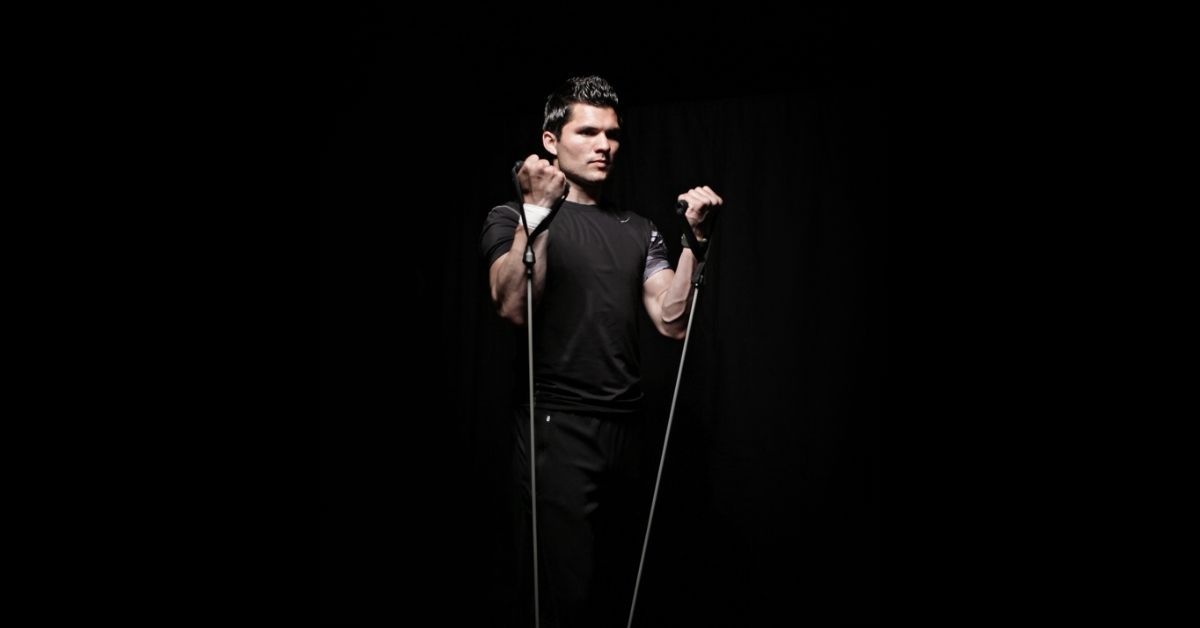
Deadlifts
Deadlifts are a powerhouse exercise that works the entire posterior chain, including the back, glutes, and hamstrings. To perform a deadlift, stand with your feet hip-width apart, bend at the hips to lower your body, grasp a barbell or dumbbell, and then stand back up.
Deadlifts are fantastic for improving your posture and overall strength. They’re particularly beneficial for lifting heavy objects from the ground.
Pull-Ups
Pull-ups are a challenging yet rewarding exercise that targets the upper body. They work the back, shoulders, and biceps. To perform a pull-up, grasp a pull-up bar with an overhand grip, pull your body up until your chin is above the bar, and lower yourself back down.
Pull-ups build upper body strength and improve your grip. They’re also an excellent gauge of your overall fitness level.
Kettlebell Swings
Kettlebell swings are dynamic exercises that target the hips, glutes, hamstrings, and core. To perform a kettlebell swing, stand with your feet shoulder-width apart. Grasp a kettlebell with both hands, swing it between your legs, and then thrust it forward to chest height.
Kettlebell swings improve your power and cardiovascular fitness. They’re great for burning calories and building explosive strength.
Medicine Ball Throws
Medicine ball throws are a fun and effective way to build strength and power. They work the entire body, including the core, arms, and legs. To perform a medicine ball throw, stand with your feet shoulder-width apart, hold a medicine ball at chest level, and throw it against a wall or to a partner.
Medicine ball throws enhance coordination and power. They’re particularly useful for athletes looking to improve sports performance.
Burpees
Burpees are a full-body exercise that combines strength and cardiovascular training. They work the arms, chest, quads, glutes, hamstrings, and core. To perform a burpee, start in a standing position. Then, drop into a squat, kick your feet back into a plank, do a push-up, return to the squat position, and, finally, jump up.
Burpees are excellent for building endurance and strength and for boosting cardiovascular fitness.
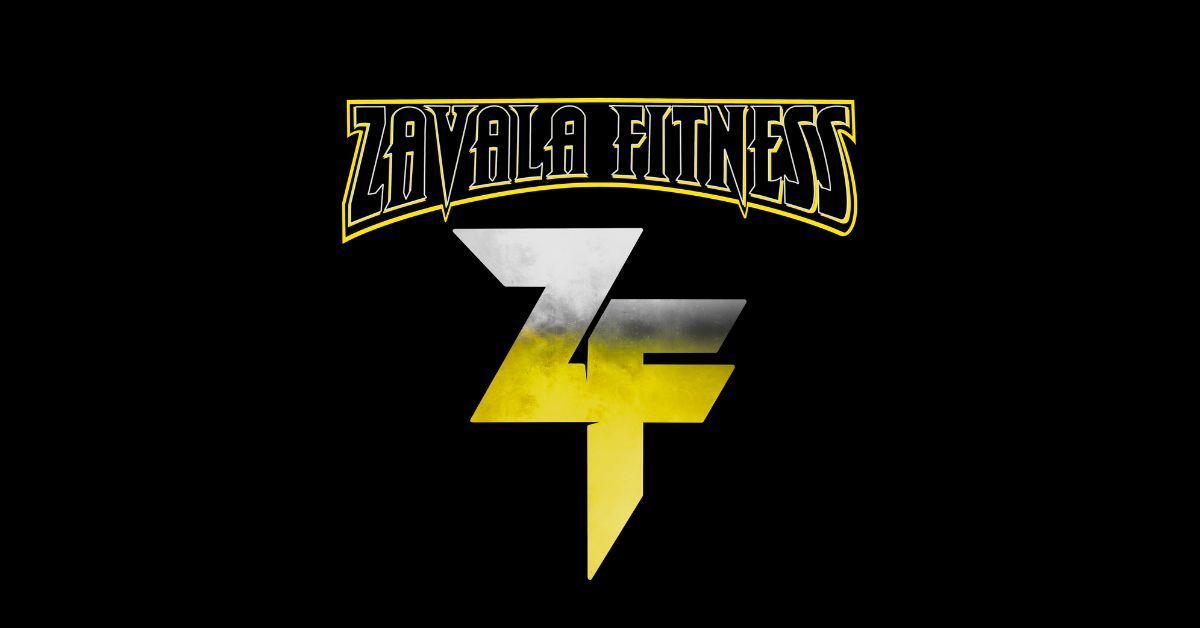
Equipment and Spaces for Functional Training
Functional training doesn’t require a lot of equipment, making it accessible for everyone. Essential items like dumbbells, kettlebells, resistance bands, and medicine balls are sufficient for a well-rounded workout.
If you prefer working out at home, designate a space that allows for a full range of motion. Ensure the area is free of obstacles and has a non-slip surface. Access to a pull-up bar and a sturdy bench can also enhance your training options.
For those who enjoy the gym, most facilities offer a variety of functional training equipment.
Tips for Beginners
If you’re new to functional training, start slow, and focus on mastering proper form and technique. Before incorporating weights and more complex movements, begin with bodyweight exercises to build a solid foundation.
Proper form should be prioritized over speed. This will reduce the risk of injury and ensure you get the most out of each exercise. Consider working with a professional trainer to learn the correct techniques.
Lastly, listen to your body. Functional training can be intense, so it’s important to allow adequate rest and recovery time. Gradually increase the intensity and complexity of your workouts as you become more comfortable and proficient.
Start Functional Training With Zavala Fitness
Incorporating functional training into your fitness routine offers numerous benefits beyond traditional workouts. From improving overall strength and mobility to enhancing daily activities, functional training is a powerful tool for achieving a healthier, more active lifestyle.
If you’re ready to positively transform your fitness routine, start incorporating functional training exercises today, and experience the difference for yourself. For personalized guidance and support, contact Zavala Fitness to learn more about our functional training. Together, we can help you achieve your fitness goals and unlock your full potential!
All Rights Reserved | Zavala Fitness
